Old Chippy Veneer Hutch Make Over

Step One - Prep
Wipe off any grime off of the piece. Remove all hardware. For this piece I also needed to remove the glass door and work on that unattached.
Step Two - Strip Veneer
This piece unfortunately had veneer on it (a furniture re-finishers nightmare!) This left me two options - I could repair the existing veneer or strip it. The veneer on this piece was coming off way too much so I opted to strip it off. Using a putty knife and a hair dryer when needed, just chip away at the veneer. Make sure when doing this to wear protective gloves. It’s very easy to accidentally nick yourself while doing this.
Step Three - Sand, Sand, Sand!
When sanding start off with a medium to fine medium grit sandpaper (100 - 150). You never know exactly what material you’re sanding down to, it’s always better to start off safe with a higher grit than with a coarse grit like 60 and sand down too far.
When painting the furniture piece you don’t have to sand down completely to the wood. You just want to sand down enough so the paint will stick.
Step Four - Dust
Once done sanding all the dust needs to be removed. I use a little handheld duster and a rag, but you can also use an air hose, damp cloth or “oil free” tack cloth.
Step Five - Strip the Stain
For this piece, I knew I wanted stain somewhere on it, not just all paint. I sanded the legs as best as I could considering they’re rounded, which doesn’t pair well with a flat sander head. After sanding, I used Citris Strip to strip off the excess stain. Just follow the directions on the back. You can use Mineral Spirits to clean off excess Citris Strip if it doesn’t come off easily. Make sure to use gloves and wear a face mask while doing this in a well ventilated area.
Step Six - Paint/Stain
Use your color of choice and paint away. Most pieces usually take 3 coats, 2 if you’re lucky. Make sure you’re painting with an even coat throughout the whole piece. Allow drying time between each coat (this is why it can take a couple days to complete)
To stain the legs I used a Gel Stain. This is more paint like than regular stain which is far more liquid like. You can use whatever stain you like, it was just personal preference to use a gel stain.
- Paint - Toasted Poppyseed Chalk Paint by KILZ
- Stain - Gel Stain in Shade “Kona” by Rust-oleum
Step Seven - Seal ‘er Up!
Depending on what kind of paint you use you’ll seal with poly or a wax. For this piece I used chalk paint so I used a wax to seal it. For this piece I used an Antique Wax, clear will do just fine, just a personal preference.
To apply wax on chalk paint I use a piece of drop cloth and rub on in small sections. With a clean piece of drop cloth you want to go over removing any excess. I just follow the directions on the container.
To seal the stain I always use Polycrylic Matte finish. I only did one coat of this for this specific piece. (not pictured in materials photo)
- Wax - Antique Effect Wax by Valspar
- Seal - Polycrylic Clear Matte by Minwax
Step Eight - Line the Drawers
Measure the drawer and cut the appropriate size of paper of choice. Remove backing and stick down on drawer. Use exacto knife to remove excess from sides.
Step Nine - Add Hardware
Put your hardware back on, this piece has the original hardware.
Step Ten - Find your finished piece a home!
Now that you have a beautiful new piece of furniture, the fun part starts - finding it’s new home in your house and decorating!
Enjoyed the project?
Resources for this project:
See all materialsComments
Join the conversation
-
-
 Midge Thorn
on Feb 01, 2023
Midge Thorn
on Feb 01, 2023
I would dearly love to have a cabinet like that. It’s beautiful!
-







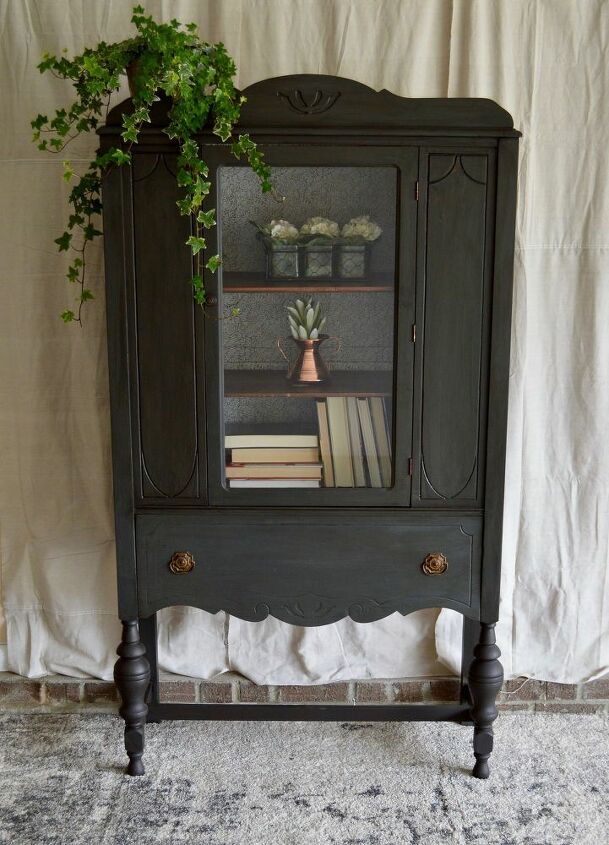

























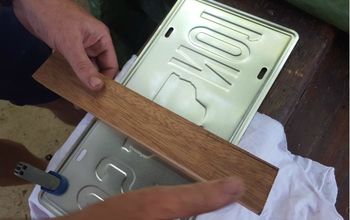





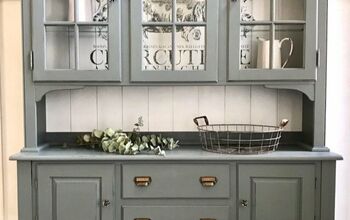

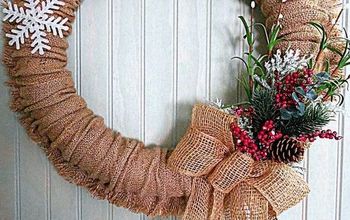












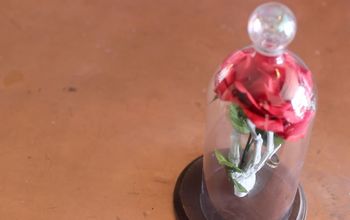
Frequently asked questions
Have a question about this project?
I was under the impression that one either did wax OR poly. Why did you apply wax and then poly over it?
I love this project. You did a great job with the chalk paint. I have that same exact cabinet, sitting in my basement. I didn’t know what to do with it. It’s amazing. But my drawer won’t pull out. Do you have any suggestions on how to open the drawer? Thank you for sharing
I hate sanding! What would happen if I don't sand and instead just use a primer and then use the chalk paint? --and then seal it.